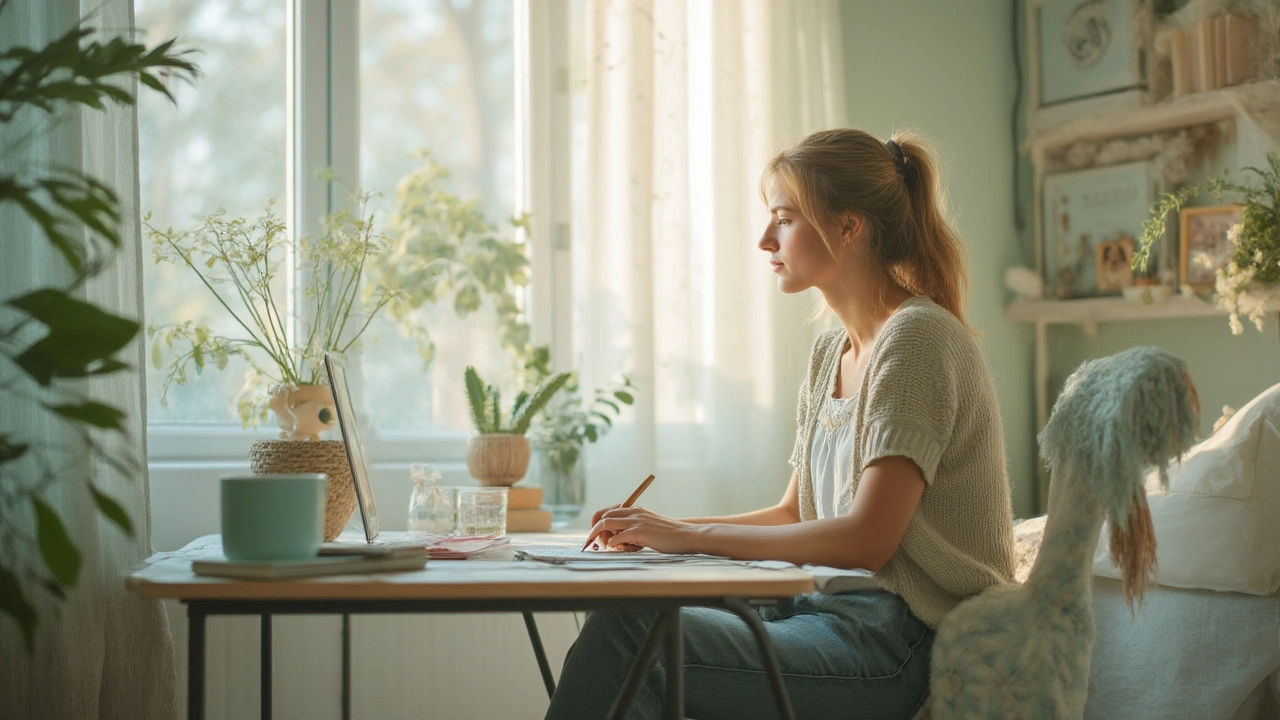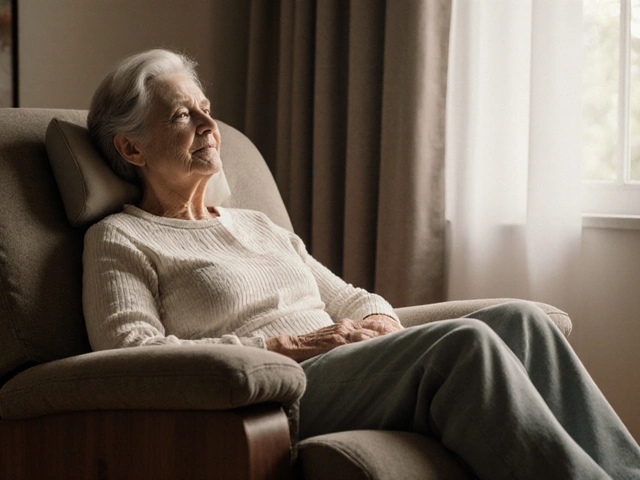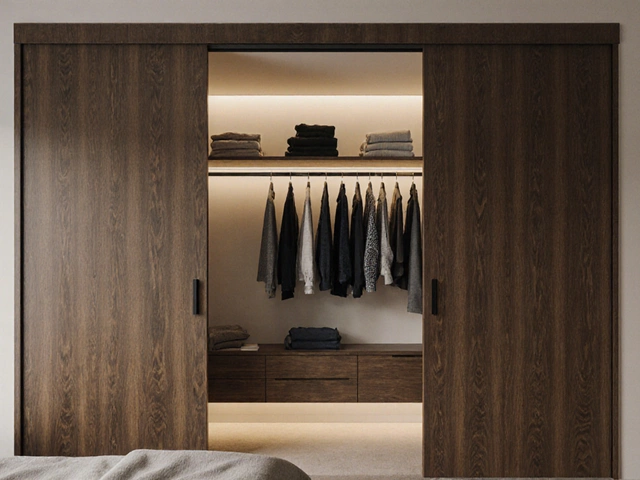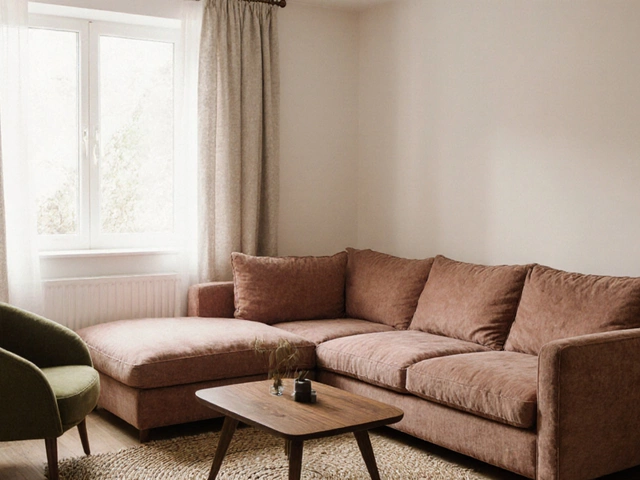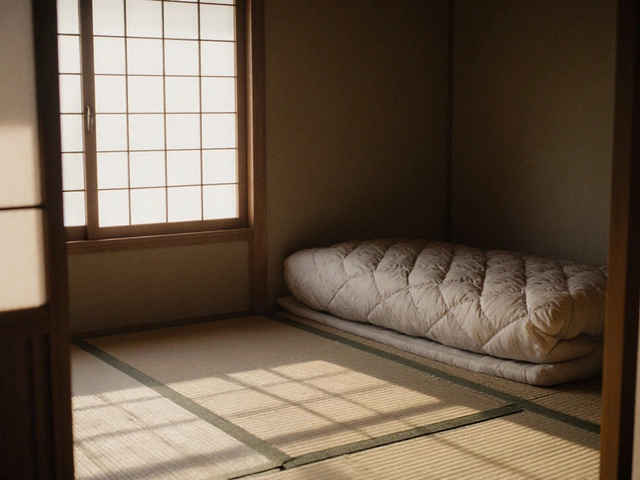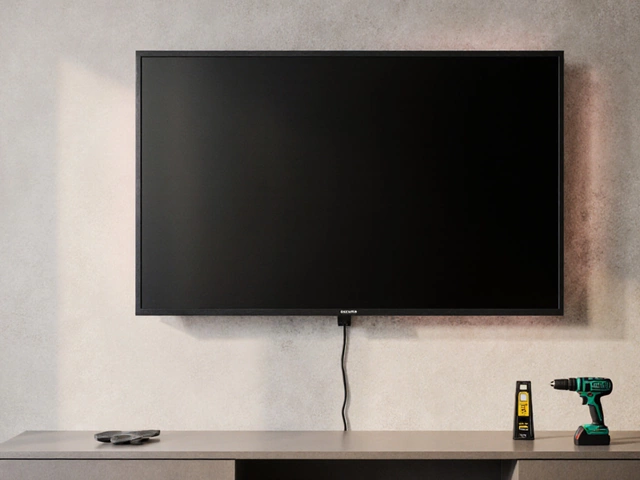Calming Colors for ADHD: Practical Bedroom Design Tips
If you have a child or partner with ADHD, the bedroom’s look can make a big difference. Bright, chaotic hues tend to overstimulate, while soft, muted shades create a low‑key environment that supports focus and rest. Below are simple colour choices and styling ideas you can start using today.
Best Colours to Keep Things Calm
Research shows that cool blues, gentle greens, and soft lavenders lower heart rate and ease anxiety. A pale sky‑blue wall behind the bed acts like a visual lullaby, while a mint‑green accent on a dresser adds a fresh, calming touch. If you prefer warmer tones, try a muted wheat or warm beige; these neutrals avoid the harsh contrast of bright orange or red.
When you pick a shade, test it at different times of day. Natural light can turn a soft teal into a booming teal, which defeats the purpose. Paint a small test patch and watch it in morning, afternoon, and evening. If it stays soothing throughout, you’ve nailed the colour.
How to Use Colour Without Overloading The Space
Don’t paint every wall the same shade. Pair a calm main colour with a lighter trim or ceiling to keep the room feeling airy. A muted green wall combined with a crisp white ceiling makes the space feel larger and less claustrophobic – a common trigger for restlessness.
Textiles are another easy way to add colour. Choose bedding, curtains, or cushions in the calming palette you’ve selected. A navy‑blue duvet with pale teal pillowcases gives depth without shouting. Remember, texture matters too; a soft cotton duvet feels more soothing than a glossy synthetic one.
Lighting should complement the colour scheme. Warm white bulbs (around 2700‑3000K) reinforce the relaxing vibe, while harsh fluorescent light can make even the calmest shade feel stark. Consider a dimmer switch so you can lower the light level as bedtime approaches.
Finally, keep clutter out of sight. A tidy room helps the calming colours do their job. Built‑in wardrobes or custom storage solutions let you hide toys, electronics, and paperwork, letting the soft walls take centre stage.
By choosing cool, muted hues, testing them in real light, and pairing them with subtle textures and good lighting, you can turn a chaotic bedroom into a peaceful retreat that supports ADHD management. Ready to start? Grab a paint swatch, measure your walls, and let the calming transformation begin.
Best Calming Colors for ADHD: How to Create a Peaceful Space
Discover what color is most calming for ADHD, why it works, and how you can use it to create a more peaceful, focused environment at home or work.
